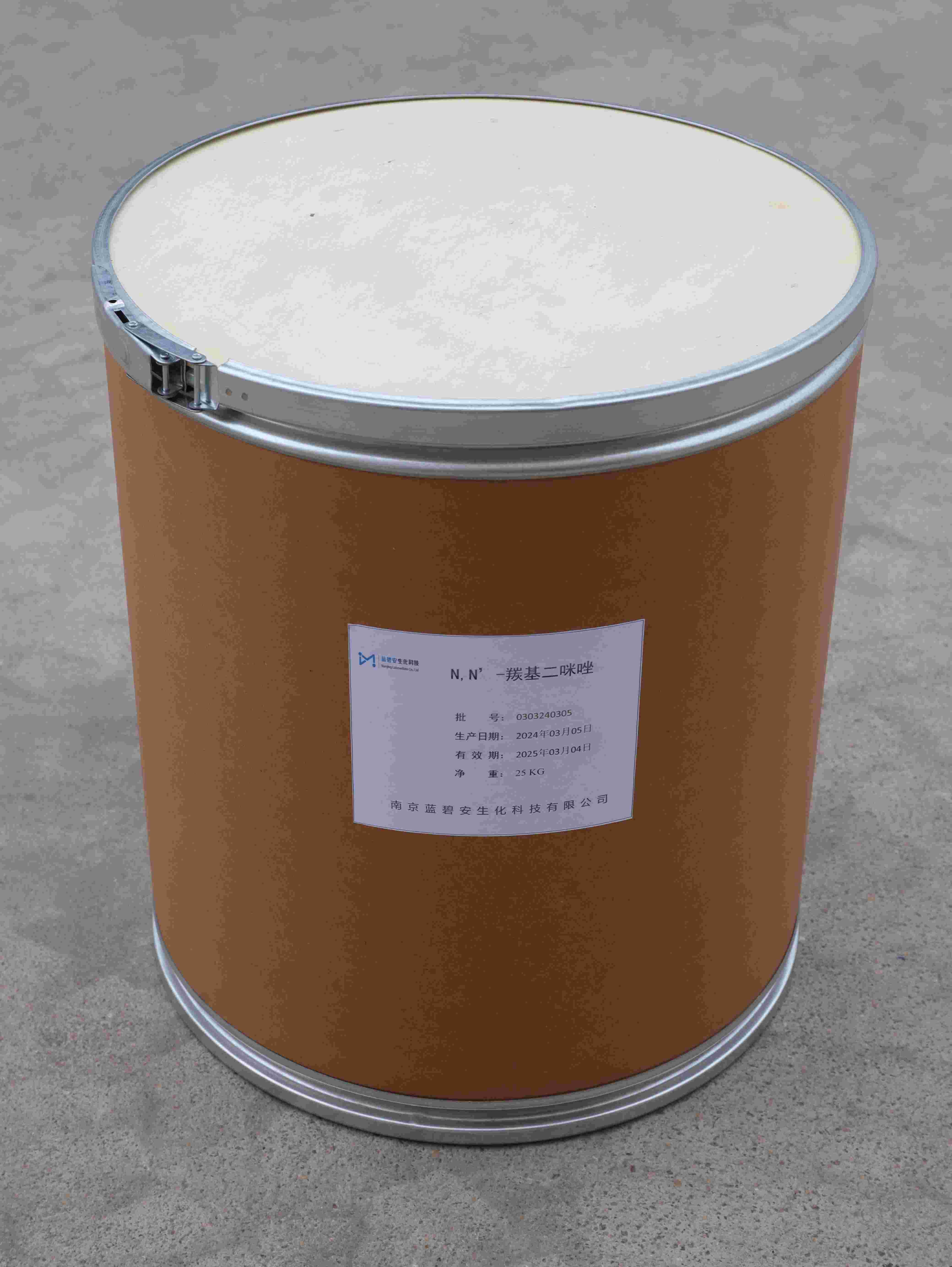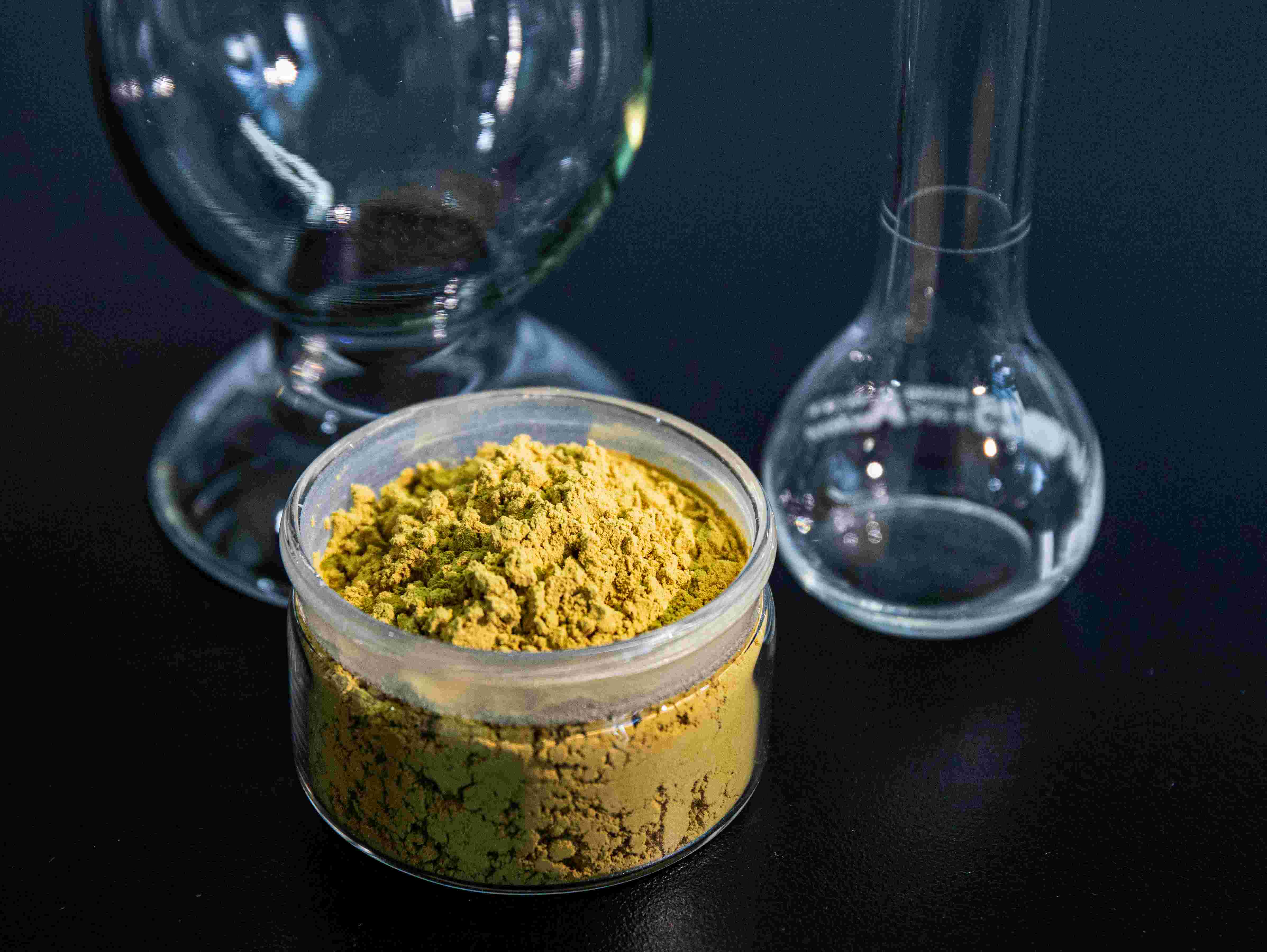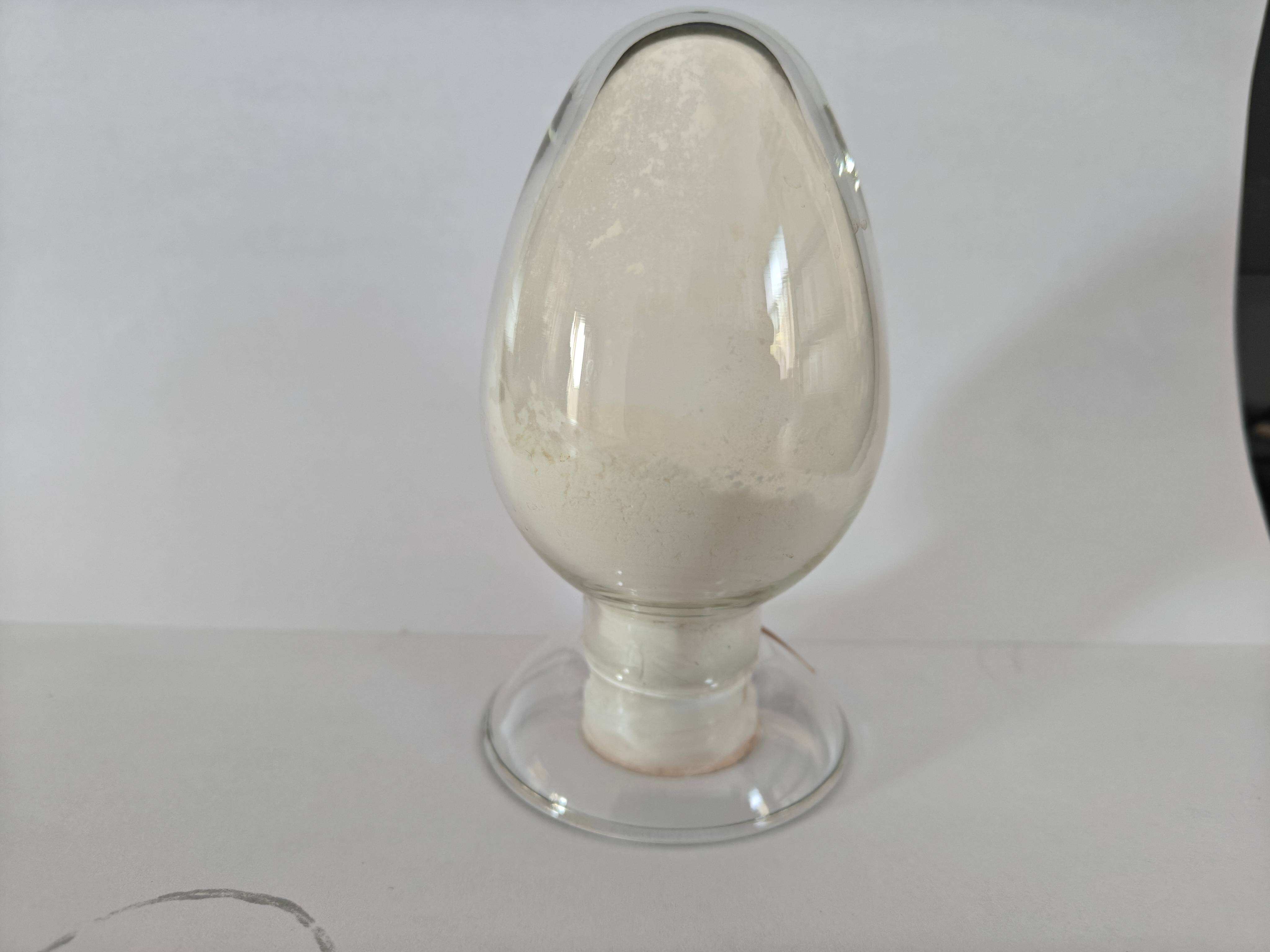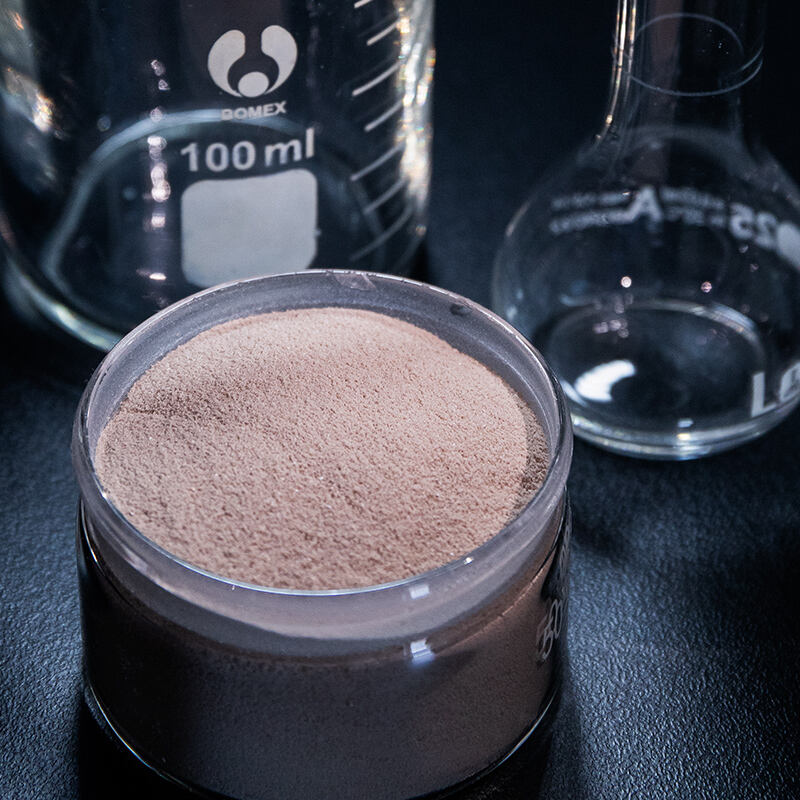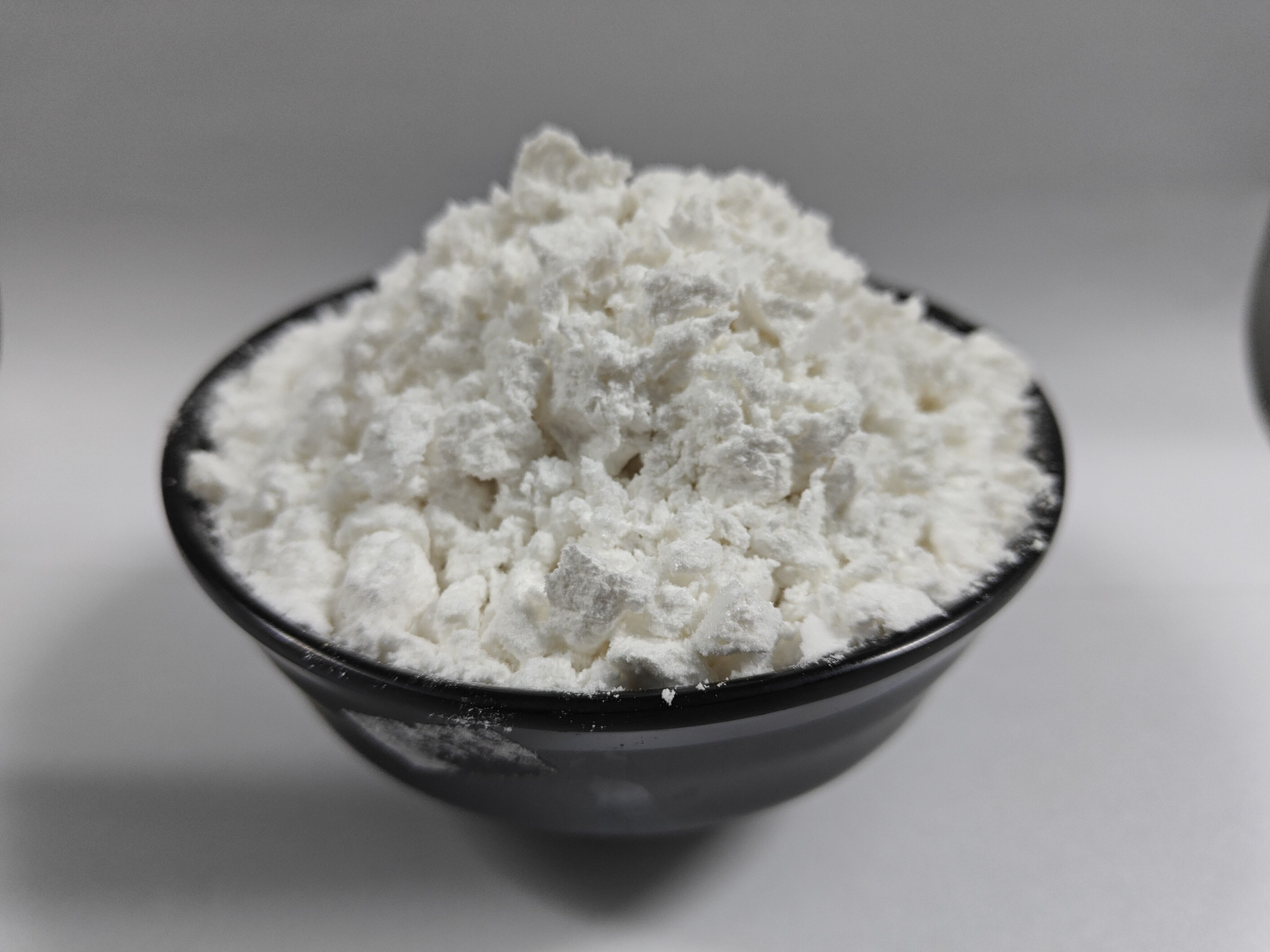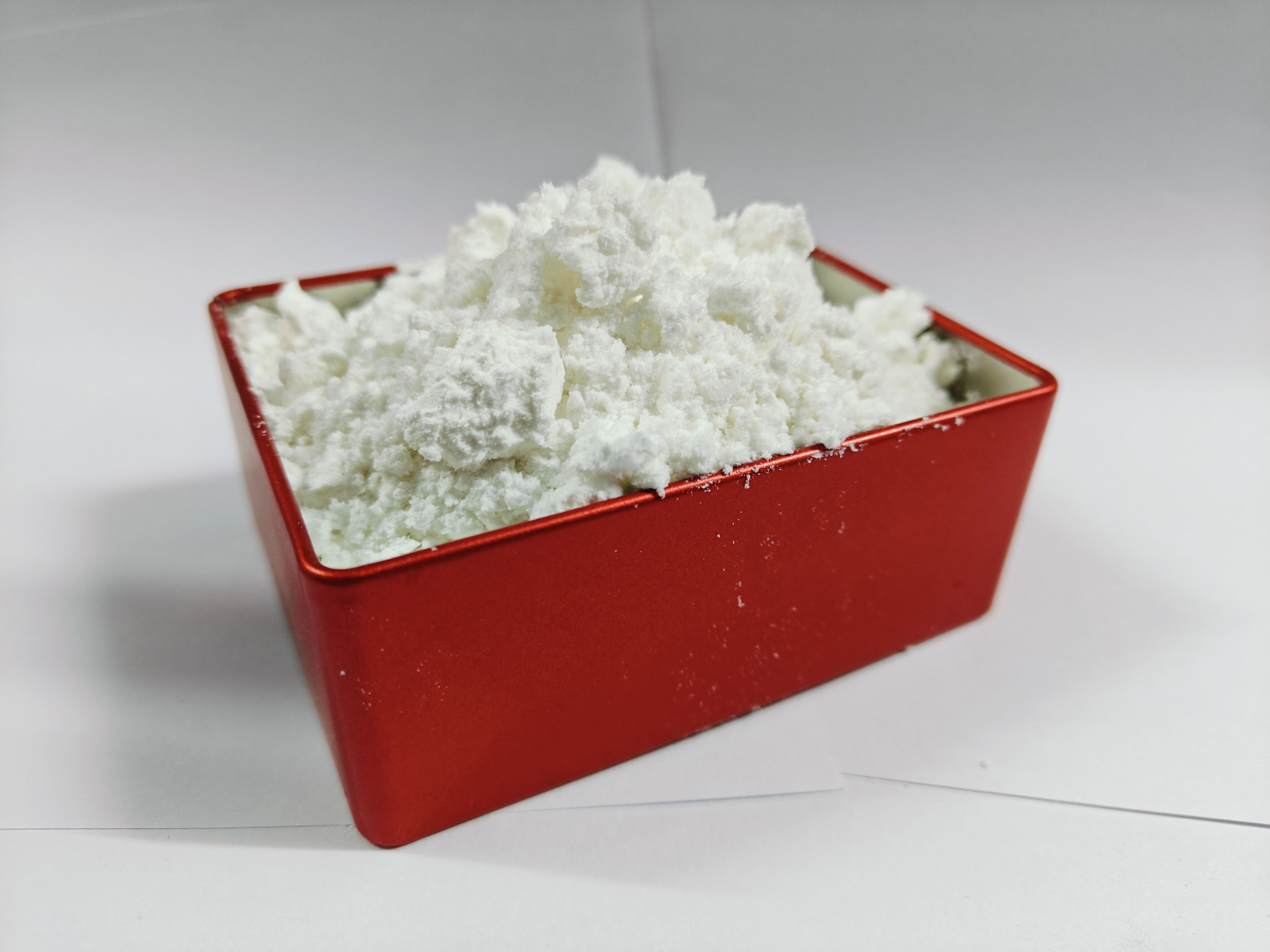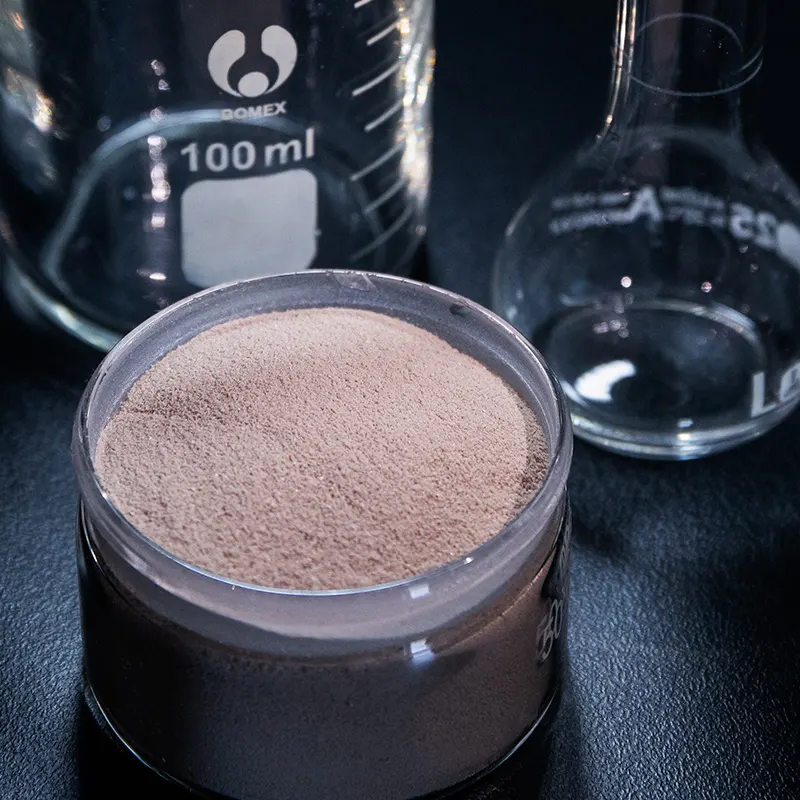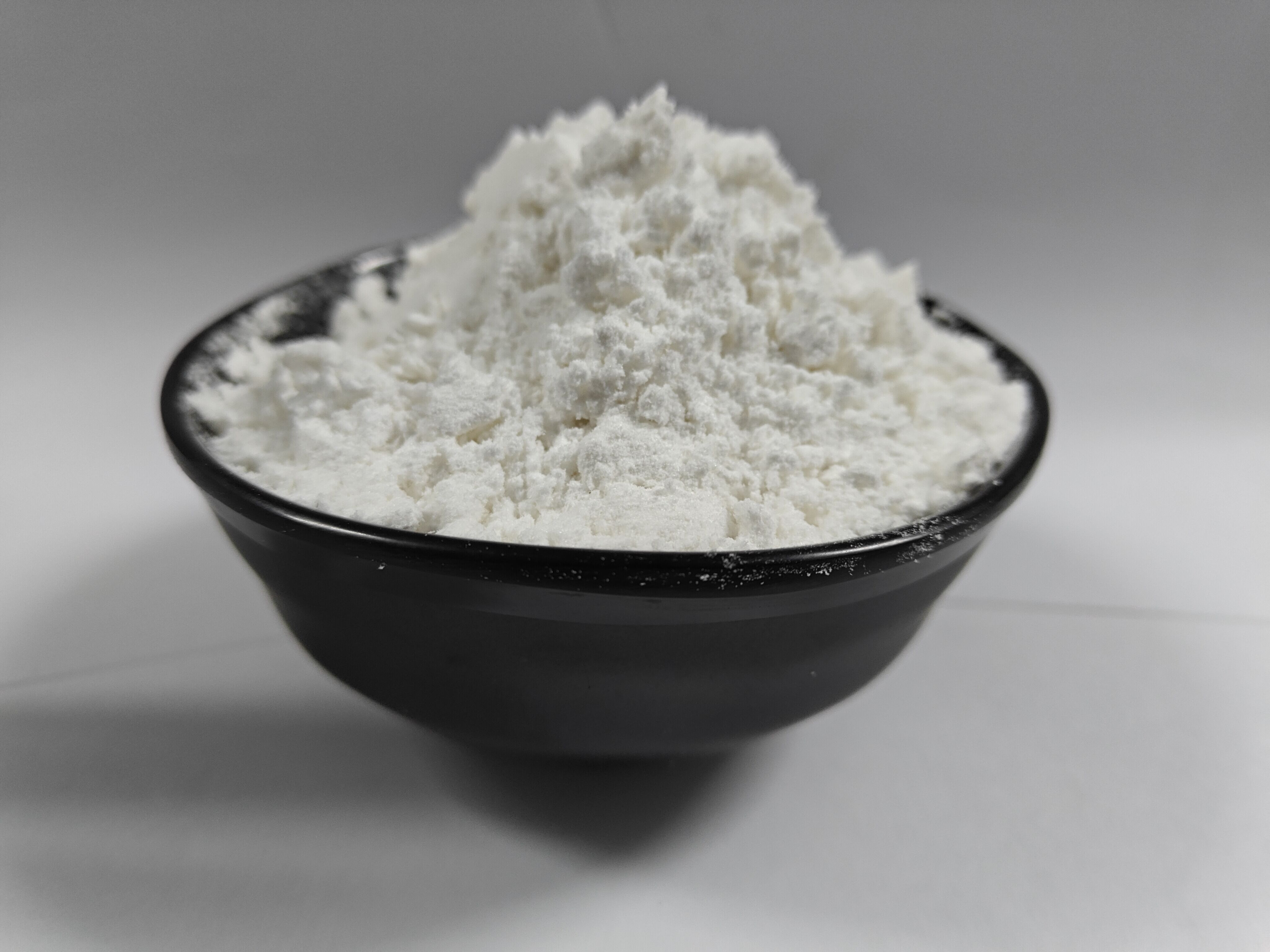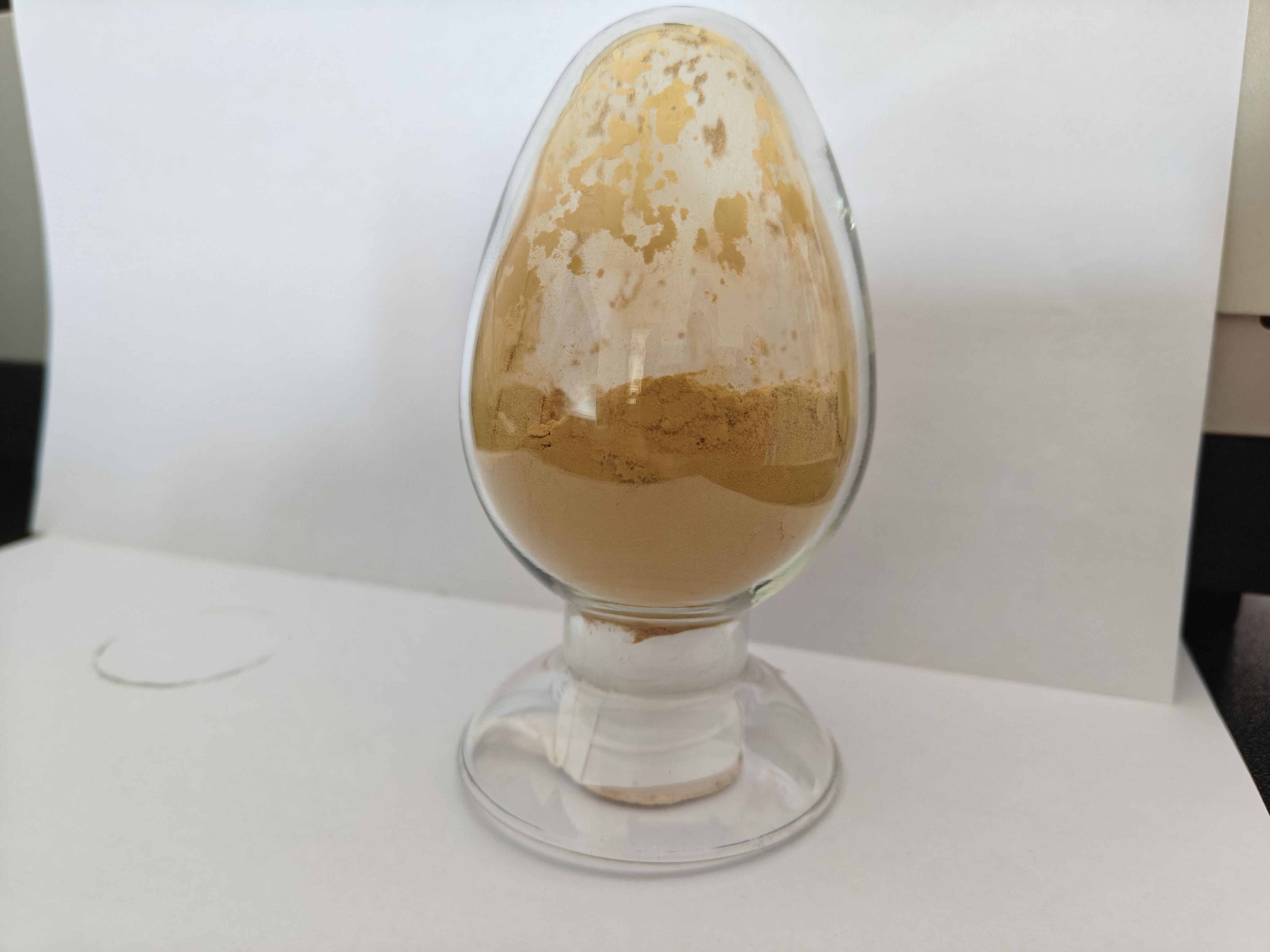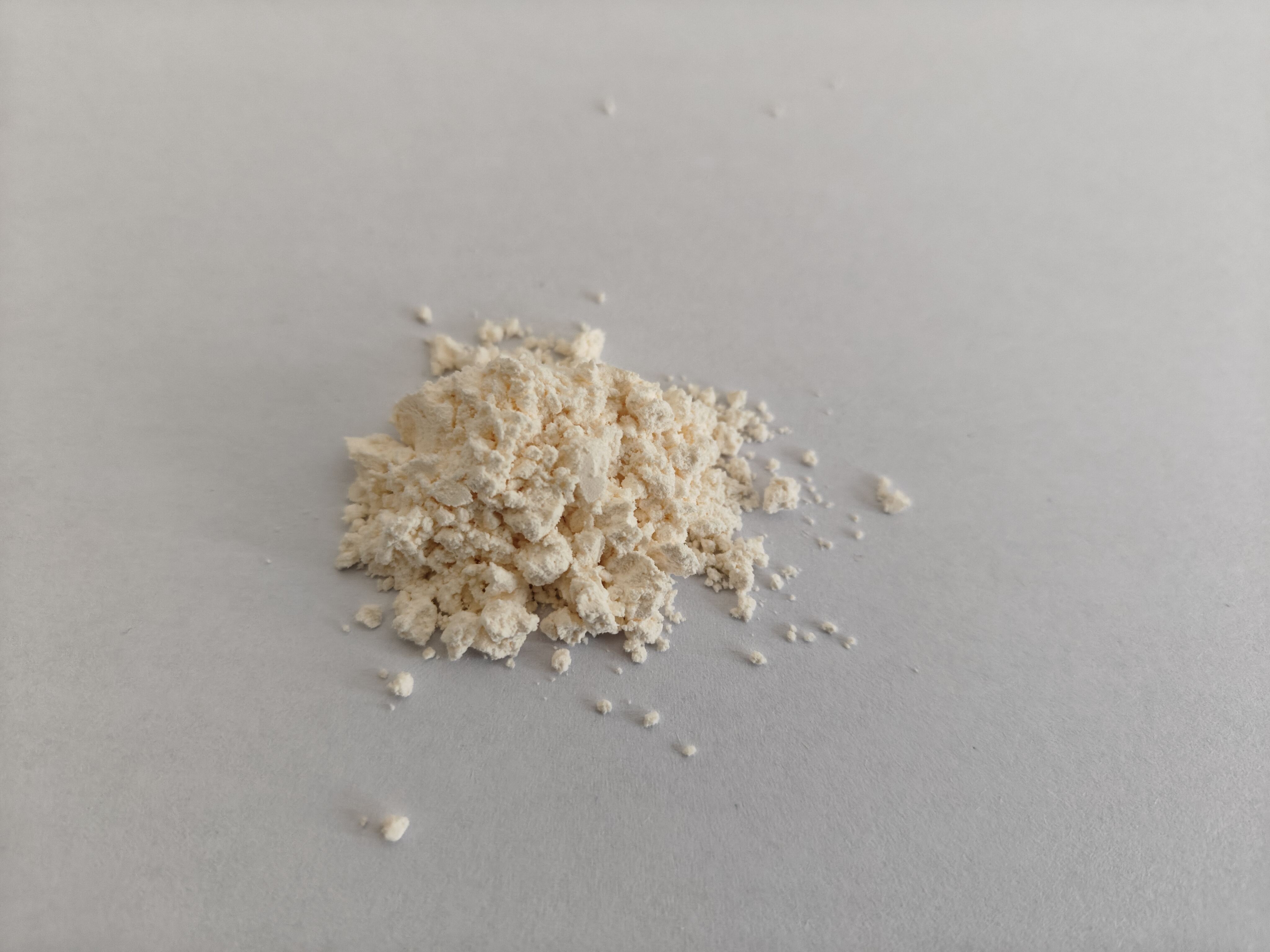perilaku pengerasan
Perilaku pengerasan mewakili proses kritis dalam ilmu bahan dan manufaktur yang melibatkan transformasi zat cair atau setengah padat menjadi keadaan yang keras dan stabil melalui reaksi kimia. Proses canggih ini mencakup berbagai mekanisme, termasuk penyilangan polimer, kristalisasi, dan ikatan kimia, yang secara kolektif menentukan sifat akhir dari bahan tersebut. Proses ini ditandai dengan beberapa fase utama: inisiasi, propagasi, dan terminasi, masing-masing memainkan peran penting dalam mencapai sifat bahan yang diinginkan. Teknologi pengerasan modern menggabungkan sistem pemantauan canggih yang melacak suhu, tekanan, dan perkembangan kimia secara real-time, memastikan hasil optimal. Aplikasi meliputi berbagai industri, dari penerbangan dan otomotif hingga konstruksi dan elektronik. Proses ini sangat penting dalam material komposit, di mana kondisi pengerasan yang tepat secara langsung mempengaruhi integritas struktural, ketahanan, dan karakteristik kinerja. Metode pengerasan kontemporer menggunakan berbagai sumber energi, termasuk panas, radiasi UV, dan sinar elektron, memungkinkan solusi disesuaikan untuk kebutuhan spesifik material. Perilaku ini juga mencakup fenomena pasca-pengerasan, yang dapat secara signifikan memengaruhi sifat bahan akhir dan stabilitas jangka panjang.

